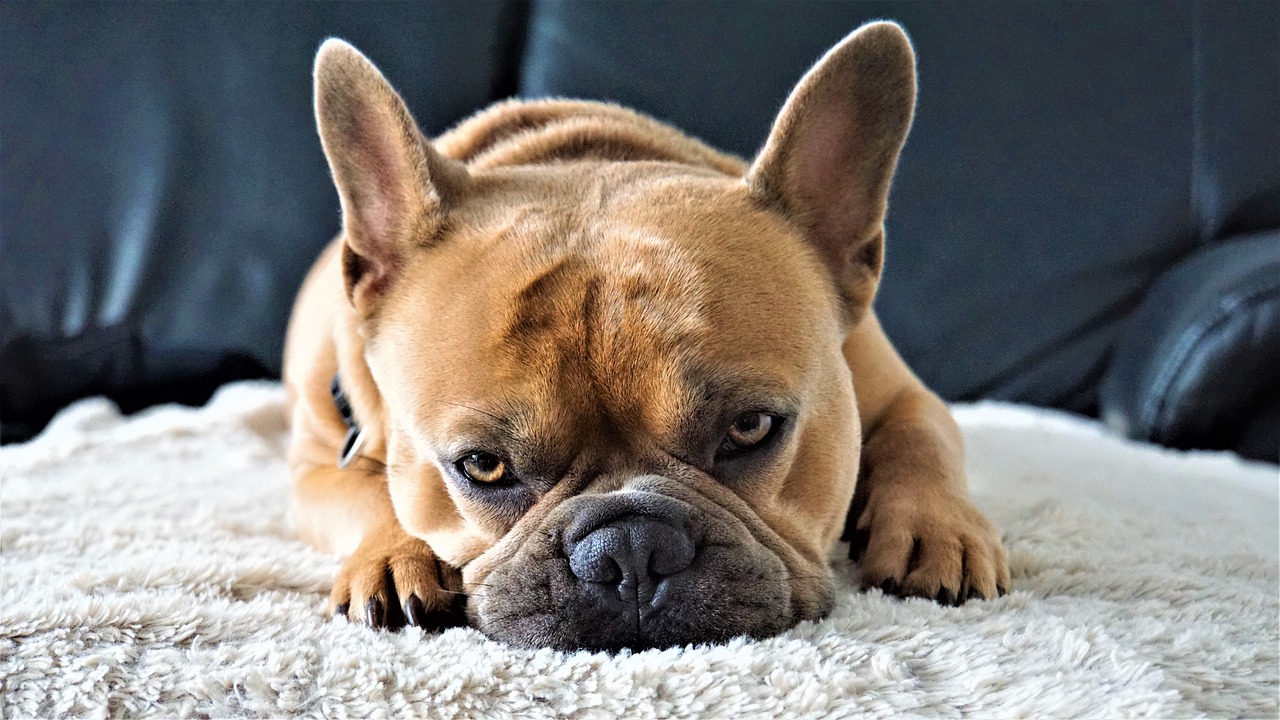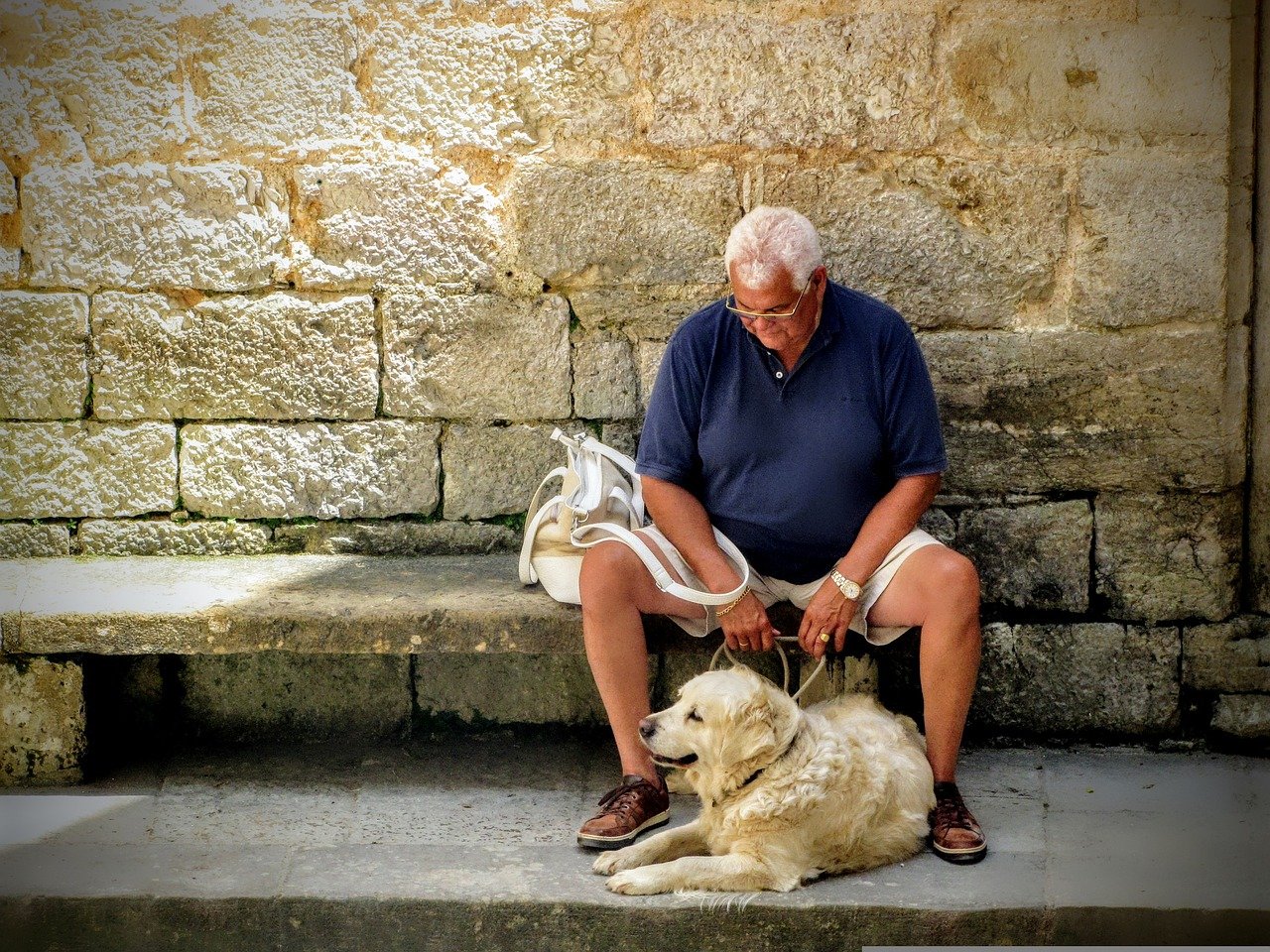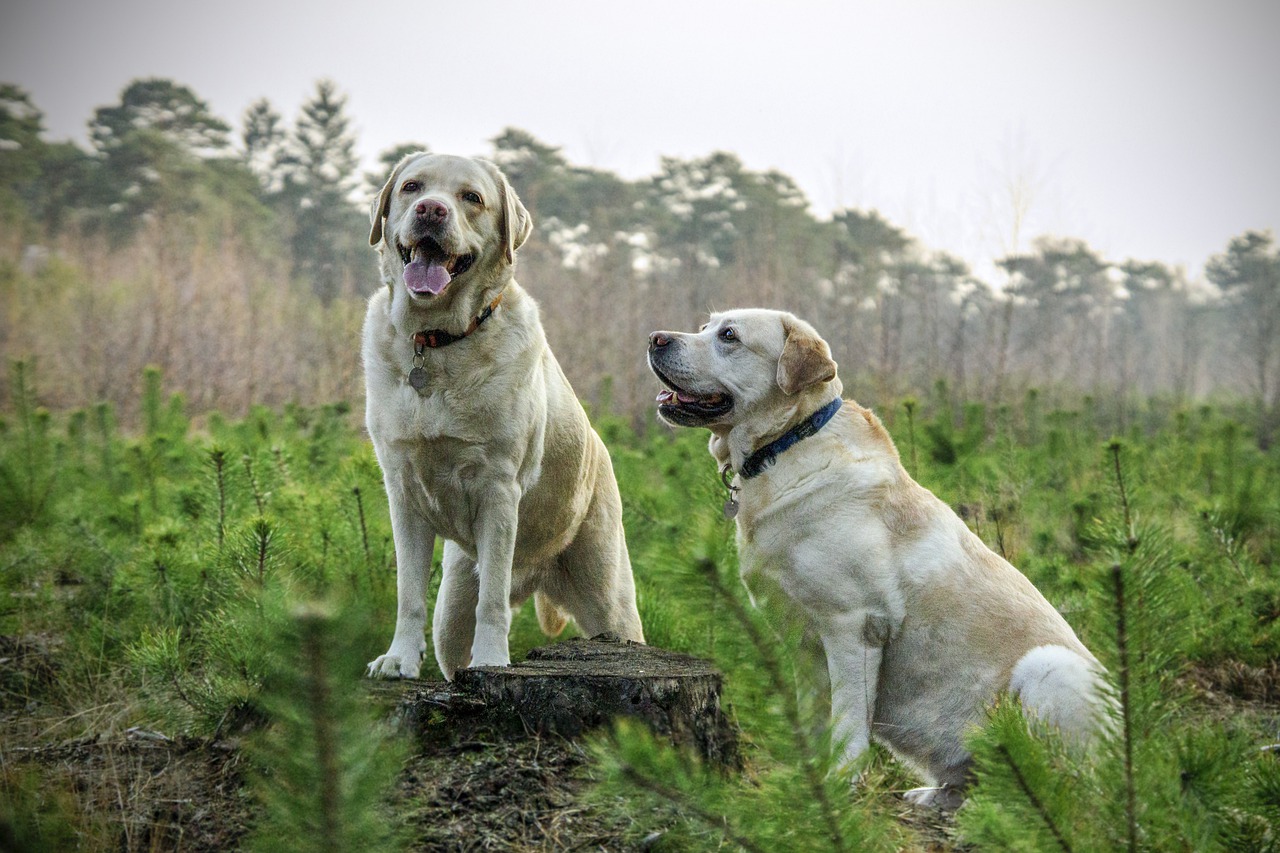
The moment Tian Chee Lu adopted elderly rescue dogs Max and Chopper as part of one of Melbourne’s long COVID-19 lockdowns the mental health benefits were immediate.
“You come home from a bad day and they comfort you. All they want is cuddles and love,” Lu said. Lu told me.
However, within a couple of weeks after the adoption, she realized that Chopper wasn’t doing well.
“She was really anxious around other dogs,” she told me.
“The moment Chopper saw any other dog… she would beeline for them and then she’d react, bark at them, and run away.”

Ms. Lu was able to take a Chopper to see veterinarian psychiatrist Jacqui Ley. She identified her as suffering from an anxiety disorder.
Like humans the human body, anxiety is a normal emotion. However, Dr. Ley declared that about one-fifth of dogs suffer from anxiety.
“It’s exactly the same as what happens with people. They’re seeing the world as a much more dangerous place than it actually is,” she added.
It’s common, but it doesn’t always have the same appearance.
Certain anxiety signs in dogs can be similar to those experienced by humans like an elevated heart rate and blood pressure.
Additionally, there are behavioral indicators that vary however, they typically include hypervigilance tension, anxiety panic, panting, trembling excessive grooming, and the ability to bark or howl.
“For animals with anxiety disorders, they will display these behaviors in situations that are not necessarily anxiety-provoking,” Dr. Ley explained.
A dog who exhibits anxiety symptoms doesn’t necessarily indicate that they suffer from anxiety.
“We see a lot of anxious behavior in dogs that are experiencing pain, especially low-grade chronic pain,” Dr. Ley explained.
“Those little signals tell us that the dog is feeling uncomfortable”.
It is crucial that dog owners who are concerned consult their vets in order to rule out any problems with their health.
Are anxious people the cause of anxiety in canines?

Studies suggest that dogs are able to detect the chronic stress and anxiety of human beings and have correspondingly increased stress hormones.
But Dr. Ley stated that this isn’t a sign that dog owners are transferring their personal issues with their dogs.
“I can categorically reassure everybody that anxiety disorders are not infectious,” she declared.
“If you have two anxious individuals together, they will tend to ping off each other … but you can’t make a neurotypical animal anxious without working incredibly hard at it”.
Although the reasons behind dog anxiety remain entirely understood, genetic as well as environment-related factors and trauma may contribute.
The environmental factors could include inconsistency of routines and punishment-based methods of training, the excessive amount of noise and disturbance, and any other factor that prevents the dog from having its fundamental needs fulfilled.

“That can be really confusing for them and that can be anxiety-provoking,” Dr. Ley explained.
An inability to train However, isn’t the reason for dog fear.
“A lot of people are told that you haven’t trained your dog right — you’ve let your dog sleep on the bed, on the couch … but none of that plays a role,” Dr. Ley stated.
“If your dog is suffering from an issue, then the dog is suffering from a condition. Similar to if the dog is diabetic or has an organ that isn’t functioning in a way that is functioning properly.
“If a dog has a mental health problem it’s because part of their brain is not working in balance with the rest of their brain.”
Pet anxiety can be treated in exactly the same as human anxiety.
However, it’s not only the dogs that are affected. Pets, as well as cats -which include lizards, birds and turtles, rabbits, and snakes, may be affected by anxiety disorders too.
“We pretty much treat anything that’s not human,” Dr. Ley declared.
However, anxiety can look distinct from species.
“There’s a number of animals out there whose anxiety disorder is not being picked up because they’re not actually showing it to people,” Dr. Leys stated.
Cats are a prime instance. Being naturally shy cats’ anxiety can manifest through hiding behavior or sprays or urine markings on the property.

Treatment of anxiety can be similar to treating anxiety in pets.
“They need to be diagnosed and treated just like any other health problem,” Dr. Ley stated.
“We look at medication that may be useful, we look at how to manage the environment to minimize the stressors for that animal, and we look at exercises to help those animals learn to be calmer and relaxed.”
A lot of cats and dogs get the same anti-anxiety medicines that humans use typically antidepressants.
“Just like in people, there are some who do need the full gamut … they need medication, they may need time out from their world, and they need therapy to help them learn how to cope,” Dr. Ley explained.
Although Australian research isn’t as extensive, American surveys suggest around 8 percent of pet owners in the US offer their dogs anxiety medication.
Yoga mats and meditation could assist dogs

Chopper is now visiting Dr. Ley over the last six months in order to manage her anxiety. The treatment she received included medications as well as relaxation techniques and behavioral exercises.
“[The treatment] has really focused on building a better bond between me and Chopper, so she can trust me to decide for her whether a situation is threatening or not,” Lu said. Lu declared.
“That means that if I do find myself rounding a corner face-to-face with another dog, I have certain things that I can do or use to get her attention back and calm her down.”
Relaxation methods are an essential aspect of treatment for anxiety-related dogs however, they don’t look like the meditation exercises that which humans may do in the future, Dr Ley explained.
“We can’t say to them, ‘Take a deep breath and count to five’. So what we actually do is, we ask them to do something that’s very simple,” she told them.
“[We] ask them to sit, look and stay, and we give them a little reward for doing each of those things … and then we repeat.
Repeated repetition can help the dog calm down, and also increases the bond between it and his pet.
“They work out through the repetition that the only thing that works, to keep the treats coming, is to sit quietly. After a little while they know what’s going to happen and that nothing bad happens,” Dr. Ley explained.
Ms. Lu claimed that Chopper seemed to be much more calm however she does not like all canines.
“But when we see dogs on the road, she’s much less reactive and much more under control,” she added.
“She’s a lot happier. I think she’s got more time to enjoy the little things in life.”